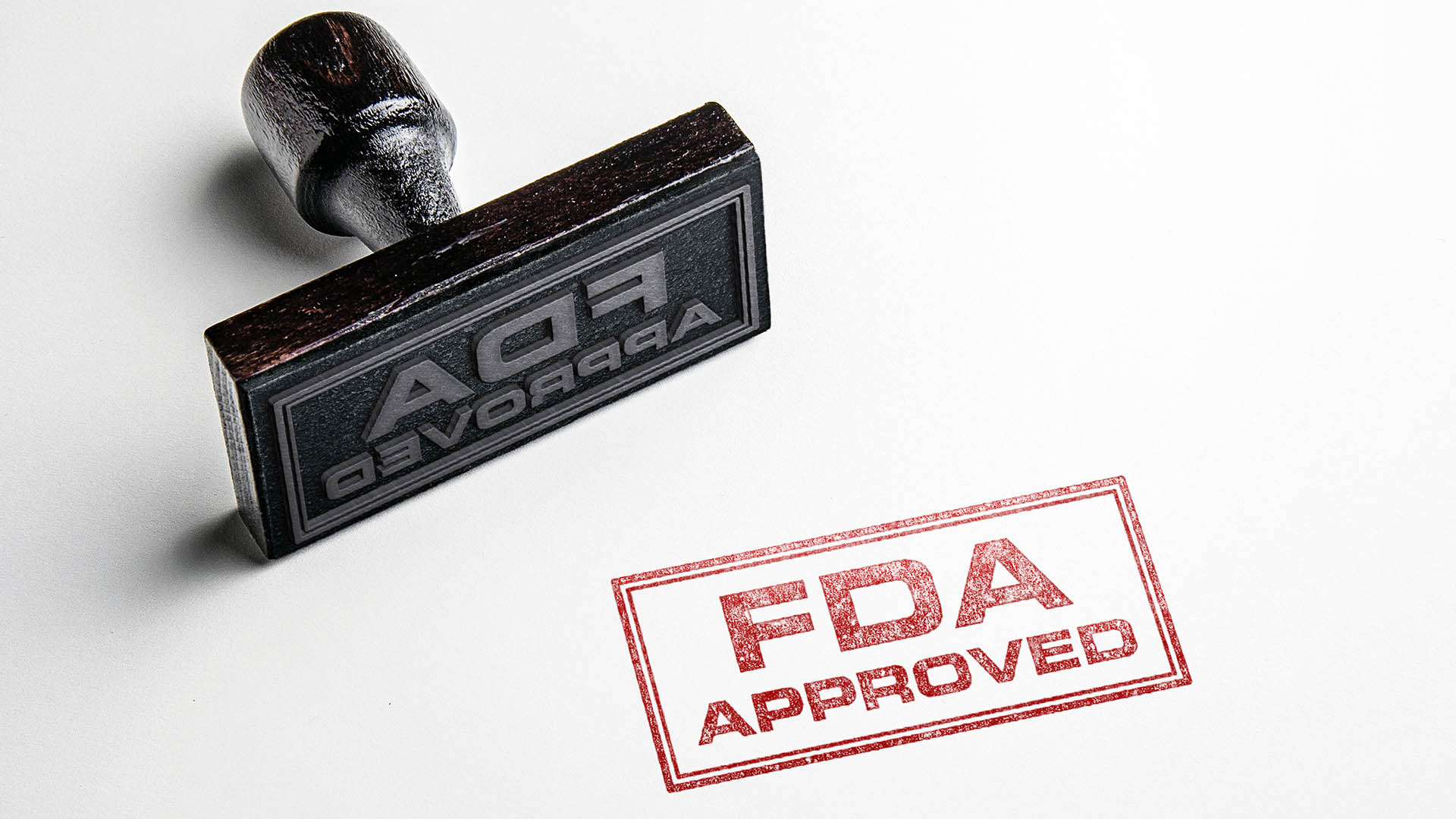In view of the election campaign, some important dates for investors to be aware of.
In chronological order.
Tomorrow we get the minutes of the Reserve Bank’s July 6 board meeting, which now assume greater importance given the naming of the poll date and a possible rate rise next month.

The minutes will flesh out the decision the bank board made not to lift rates at the start of the month, citing increased uncertainty offshore, especially in Europe, the US and China.
Europe seems to have settled a bit, though the release this week of the results of the stress tests on 91 of the continent’s most important banks will test this new found solidity.
China is slowing, without too much discomfort, especially to Australia, but demand for iron ore is falling, along with prices.
The economy here is stronger than we thought when the RBA last met on July 6 with strong jobs growth, a jump in consumer confidence and record car sales all pointing to a much stronger outlook.
Also tomorrow, RBA Governor, Glenn Stevens, makes his first speech for two months; this one is on the long term impact of the financial crisis.
It will be the first of two speeches during the campaign (which were organised over a month ago). He speaks again in Perth on August 17, four days before the August 21 poll.
Given that the RBA lifted rates in the 2007 election campaign, there will be more than the usual high level of interest in his speech in Sydney.
Mr Stevens will be very circumspect and probably won’t take questions.
On Friday July 23, we get the results of the stress tests on 91 major European banks.
They should be OK, which will reassure the RBA. If they are not and there are renewed problems, we won’t get a rate rise next month.
The next date is Wednesday week, July 28, when the Consumer Price Index figures for the June quarter are released.
Economists think the quarterly inflation will be of the order of 0.8% to perhaps 1.1%. The higher the quarterly figure, of course, the higher the annual rate.
The CPI in the year to March was 2.9% after a quarterly rise of 0.9%.
Anything over 3% might worry the RBA.
The readings to be looked for will be the RBA’s own measures, called the weighted median and trimmed mean.
Both attempt to reduce the influence of big or one-off rises in prices and try and find a core reading. Here, inflation is running at the 3% peak of the RBA’s target range.
The next important moment will be the RBA board meeting on August 3.
It will be the most important moment during the campaign. A rate rise will send the headless chickens in the media and among analysts chirping madly about ‘shocks’ etc.
A decision not to lift rates will send the same people jabbering on about the RBA being partial to the federal government.
Both will be based on ignorance.
Even though a rate rise isn’t to everyone’s cup of tea (except pensioners and others living on term deposit or other fixed income), it will tell us that the RBA is confident about the economy and its outlook and also confident that the growth slide offshore won’t hurt the economy.
No rate rise will tell us that the RBA remains fearful about the slide in growth in America, the continuing weakness in Europe, and the slowing economic growth in China and Japan.
That is the decision we should be most worried about, especially if the bank resists a high inflation reading and sits and does nothing.
The wording of the post meeting statement will help explain whatever decision is made, as will the release of that meeting’s minutes just before the election on August 17.
On August 6 we will get the most up to date view of the economy with the third Statement of Monetary Policy for the year from the RBA.
It will contain new forecasts for growth and inflation for the rest of 2010, all of 2011 and 2012.
Inflation is likely to be raised and growth cut.
The RBA board meeting on August 3 will have these forecasts and use them in the rate decision.
There will be other bits of info during the campaign, such as retail sales, building approvals and building finance.
The Government’s financial statement on the budget position (released last week) will be re-released.
And of course we will have the company reporting season for the June 30 balancing companies which will be at its height in the three weeks of August leading up to election day. Watch for results from the Commonwealth Bank before the poll, and any bank bashing.
Offshore we will have to watch the monthly data flow in the US, Japan, China and Europe.
July’s jobless figures from the US on August 6 (and the first reading of second quarter growth, out the week after next), will both be important barometers of US confidence and sentiment.
One thing investors will have to look out for is a possible slump in US investor confidence if the news flow remains as weak as it has been in recent weeks.
Results from the remaining US banks (and those in Europe) in the next month, could hurt or help the market more than expected. On the basis of last week, expect more weakness.













